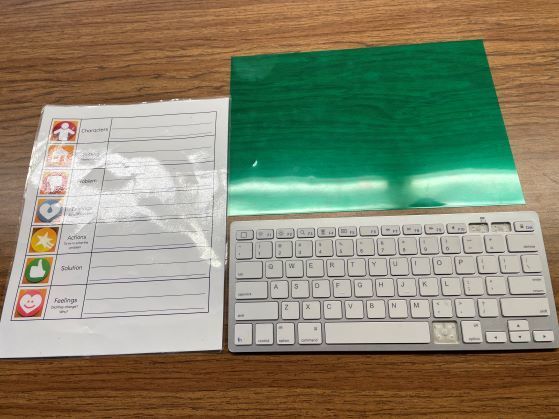In today’s diverse educational landscape, Assistive Technology (AT) has become an essential tool in making learning accessible and inclusive for all students, particularly those with disabilities or learning challenges. AT refers to any device, software, or equipment that helps students overcome barriers to learning and participate more fully in the classroom experience.
Assistive Technology includes a wide range of tools, from pencil grips and colored overlays to programs such as speech-to-text screen readers. AT gives students the opportunity to process and communicate information successfully.
Types of AT being used in the classroom include; Low-Tech, Mid-Tech, and High Tech tools. Low-Tech tools include pencil grips, graphic organizers and reading rulers. Audio books and word prediction software are examples of Mid-Tech tools and screen readers are a part of High-Tech tools.
AT allows students to access curriculum materials and classroom activities to the same advantage as their peers, improving independence and confidence.

